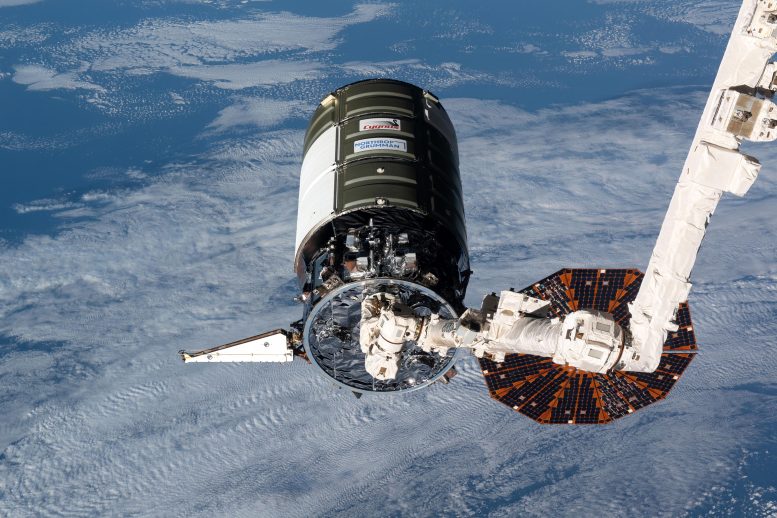
The Northrop Grumman Cygnus space freighter is pictured in the grip of the Canadarm2 robotic arm shortly after its rendezvous with the International Space Station. One of two cymbal-shaped UltraFlex solar arrays successfully deployed after Cygnus reached orbit following its launch two days earlier from NASA’s Wallops Flight Facility in Virginia. NASA and Northrop Grumman teams analyzed data and determined that Cygnus had sufficient power to continue its journey to the space station. Credit: NASA
Update: Ground Controllers Install Cygnus on Station
Northrop Grumman’s Cygnus spacecraft installation on the International Space Station is now complete. Cygnus, carrying over 8,200 pounds of cargo and science experiments, launched atop an Antares rocket at 5:32 a.m. EST (2:32 a.m. PST) on Monday, November 7 from NASA’s Wallops Flight Facility in Virginia. At 5:20 a.m., NASA astronaut Nicole Mann, along with NASA astronaut Josh Cassada as backup, captured Cygnus using the Canadarm2 robotic arm.
Cygnus also is delivering a new mounting bracket that astronauts will attach to the starboard side of the station’s truss assembly during a spacewalk planned for November 15. The mounting bracket will enable the installation of one of the next pairs of new solar arrays.
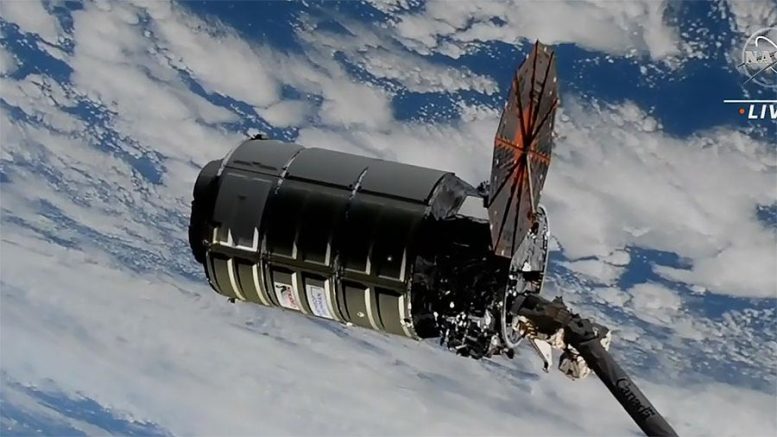
The Cygnus cargo craft is pictured moments after being captured with the Canadarm2 robotic arm controlled by NASA astronaut Nicole Mann on November 9. Credit: NASA TV
Cygnus will remain at the space station until late January before it departs for a destructive re-entry into Earth’s atmosphere.
NASA astronaut Nicole Mann, with NASA astronaut Josh Cassada acting as backup, captured Northrop Grumman’s Cygnus spacecraft using the International Space Station’s Canadarm2 robotic arm at 5:20 a.m. EST (2:20 a.m. PST) on November 9, 2022. Mission control in Houston will actively command the arm to rotate Cygnus to its installation orientation and then to guide it in for installation on the station’s Unity module Earth-facing port.
The spacecraft was able to rendezvous with International Space Station (ISS) successfully, despite the deployment of only one of its two solar arrays.
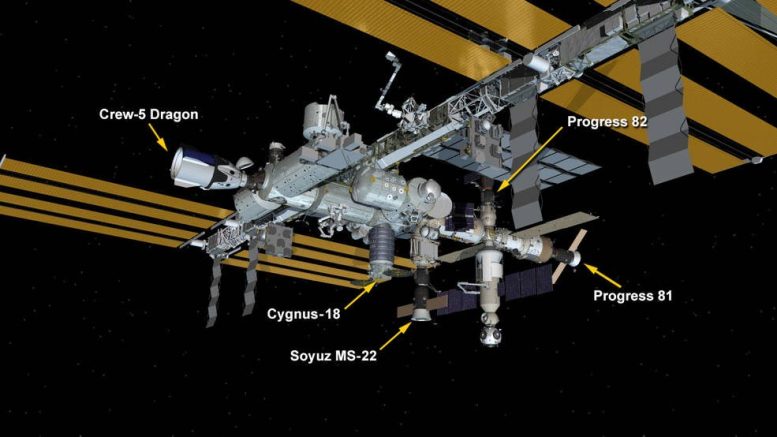
November 9, 2022: International Space Station Configuration. Five spaceships are parked at the space station including the Cygnus space freighter, the SpaceX Crew Dragon Endurance, Russia’s Soyuz MS-22 crew ship, and the Progress 81 and 82 resupply ships. Credit: NASA
The Cygnus spacecraft launched on Monday, November 7 atop a Northrop Grumman Antares rocket from NASA’s Wallops Flight Facility, Virginia at 5:32 a.m. After successfully reaching orbit, it was only able to deploy one of its two solar arrays. NASA and Northrop Grumman made the determination not to deploy the second solar array after initial attempts to deploy it were unsuccessful, in order to remain focused on the spacecraft’s arrival at the ISS. The Cygnus cargo spacecraft completed four rendezvous burns on its way to the ISS.
With just the single solar array, Cygnus still has sufficient power to rendezvous with the space station on Wednesday, November 9. Northrop Grumman is working closely with NASA to monitor and assess the spacecraft ahead of tomorrow’s planned arrival, capture, and installation at the space station. Mission teams also are planning additional inspections of the cargo spacecraft during approach and after capture.
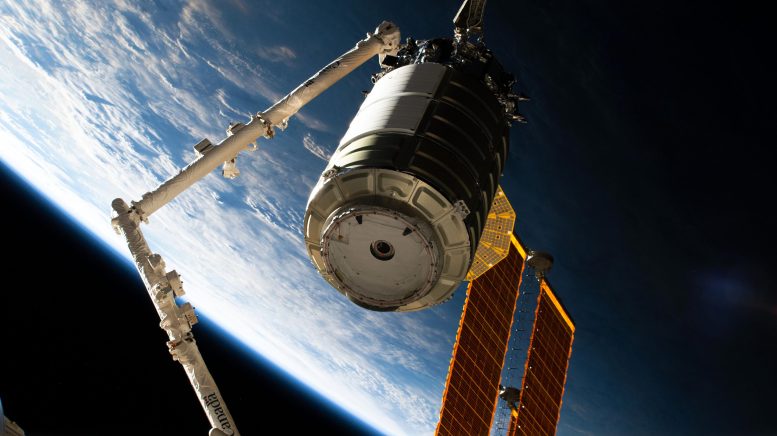
The Northrop Grumman Cygnus space freighter is pictured in the grip of the Canadarm2 robotic arm and being maneuvered toward the International Space Station’s Unity module for installation. Credit: NASA
This is Northrop Grumman’s 18th commercial resupply mission to the International Space Station for NASA. The Cygnus spacecraft is carrying a supply of 8,200 pounds of scientific investigations and cargo to the orbiting laboratory.
The spacecraft is named the S.S. Sally Ride in honor of the late NASA astronaut, physicist, and first American woman to fly in space.

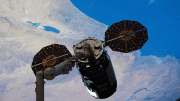
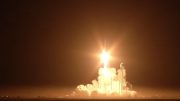
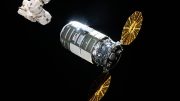

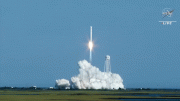

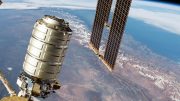
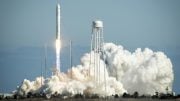
Be the first to comment on "Cygnus Space Freighter Arrives at ISS With Only One Working Solar Array"